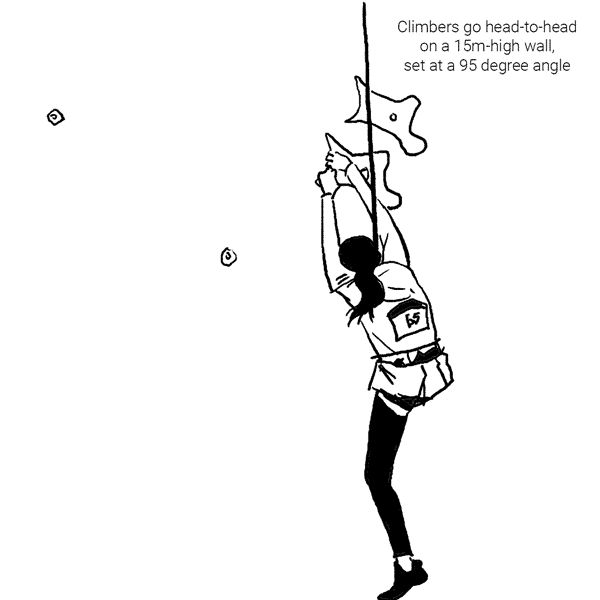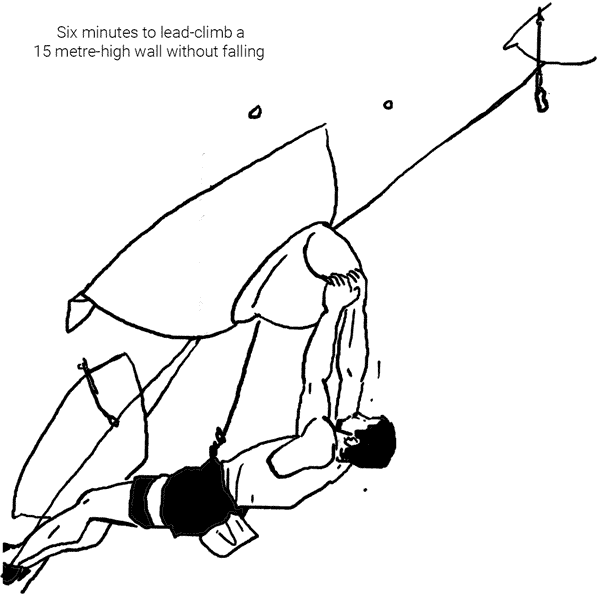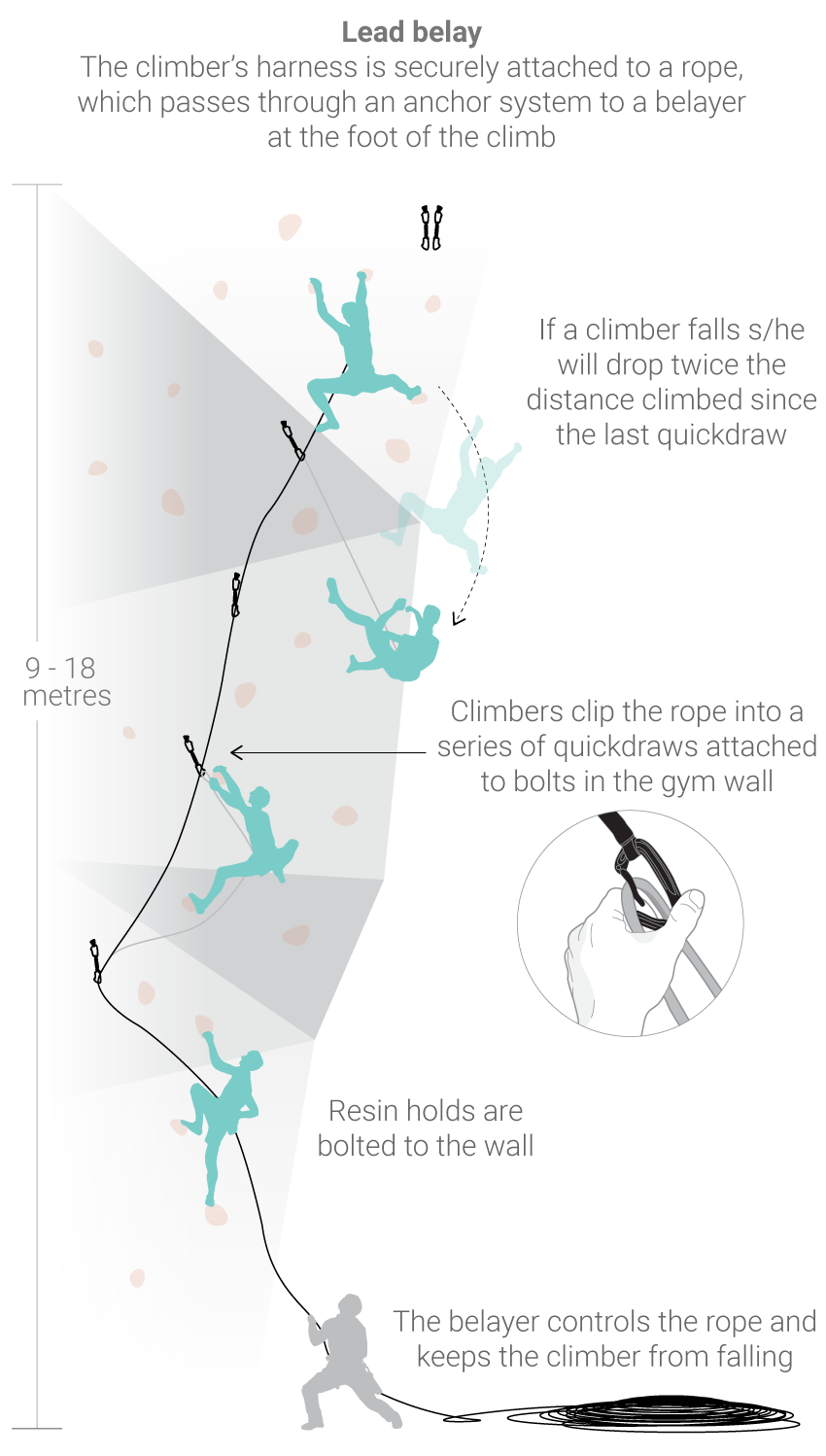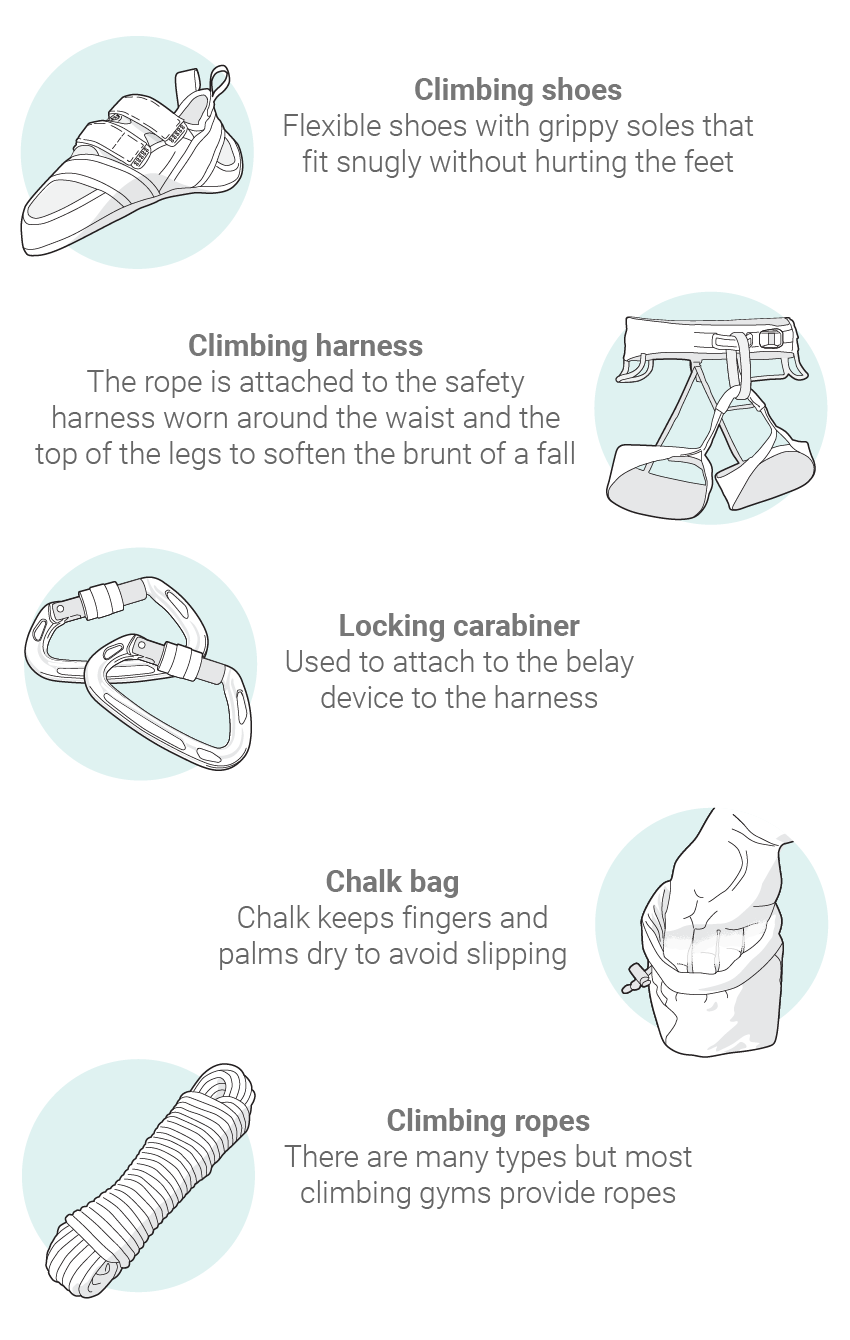Qualifying
20 men and 20 women have earned their spots, with each country allowed a maximum of two athletes per gender. There are three main competitions that offer a chance to snag a coveted spot.
One place for women and another for men were reserved for the host nation, Japan.
Another spot for each gender is picked by what’s called the Tripartite Commission – the national Olympic committees, International Olympic Committee and international federations that help promote the sport.
The next seven places for each gender went to the top climbers in the Combined World Championships held in Tokyo on August 18–21, 2019. If the top seven had included more than two athletes from one country, only the top two would qualify and the next ranking athlete would be invited to the combined qualifier.
Twenty-two top climbers at the 2019 World Cup series who did not qualify through the World Championships entered into the International Federation of Sport Climbing’s combined qualifier held between November 28 and December 1, 2019 in Toulouse, France. Competitors in the top six for each gender qualified for the Olympics.
The final five spots came from the highest placed climber from the five 2020 Combined Continental Championships held in Cape Town, Xiamen, Moscow, Los Angeles and Sydney. If the highest placed athlete had already been qualified by other means, the next best ranked athlete would get the spot.
Points
An athlete’s overall score is obtained by multiplying their final ranking in each discipline. The athlete with the lowest score wins.
The scoring system is designed to reward an athlete who is good in all three events rather than exceptional at one. Climbers will have to be really good in at least two disciplines and decent in the third to stand a chance of winning.
Disciplines
Athletes will compete in three disciplines – speed, bouldering and lead climbing – for one combined set of medals per gender. Speed climbing involves a standardised route that competitors practise in advance. Boulder and lead climbing routes are unique, and competitors only have a few minutes to examine them before taking their turn. They cannot see the site in advance or watch competitors.

This discipline is controversial in the climbing community because competitors can train in advance on a standardised route identical to the Olympic wall. Traditional climbers believe speed climbing has little to do with the community’s ethos of problem-solving, physical endurance and technical ability. Spectators are however thrilled to watch athletes zipping up the wall.
Bouldering
The moves are very technical and require plenty of strength – climbers often tackle overhanging routes and grab on holds with their fingertips. Climbers must carefully calculate each move with an eye on the next hold, all while keeping in mind that time is ticking away.
Lead climbing
This is a physically demanding discipline that requires dynamic climbing techniques. If speed climbing is an all out 100m dash, lead climbing is a tactical 1500m middle-distance event.
Indoor climbing walls
Climbing walls in specialist gyms are ideal places to learn the rudiments of climbing.

Equipment
Climbing can be a relatively inexpensive sport to learn. Here’s what you need to get started:
